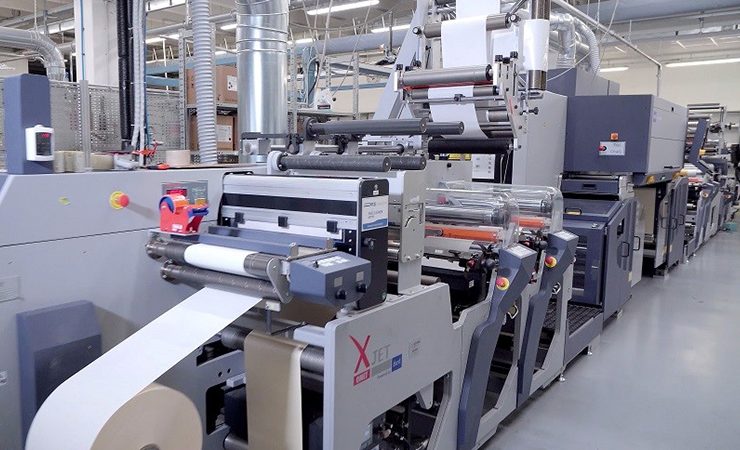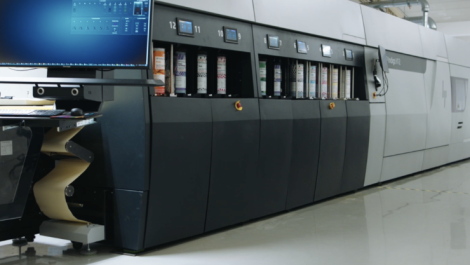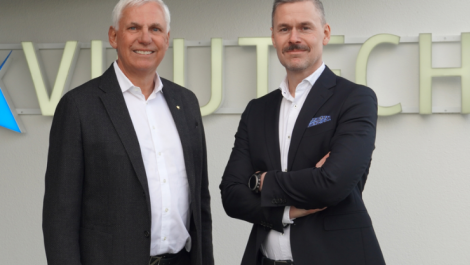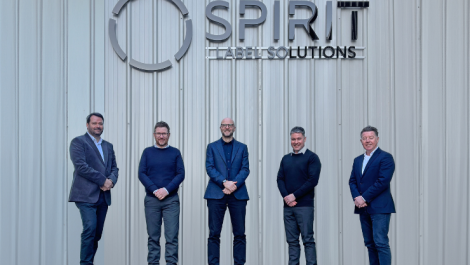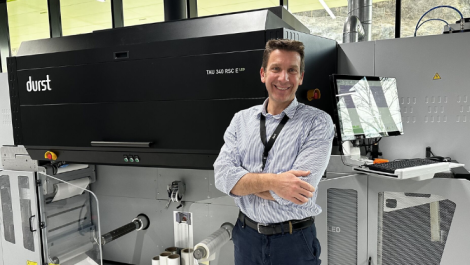Italy-based Italgrafica Sistemi is to install a second XJet hybrid press from Omet after reporting a positive experience from its first investment in 2018.
Italgrafica Sistemi began production in 1992, using screen printing and serving the industrial sector, with technical labels to be applied on various equipment. In the mid-2000s, Italgrafica Sistemi started producing for additional sectors such as food, beverage and cosmetics.
In recent years, it has installed a number of Omet printing technologies, with hybrid printing technology the most recent addition at Italgrafica Sistemi.
Omet XJet, powered by Durst, combines Durst inkjet technology with Omet flexo units, plus finishing and converting units to obtain the final product in a single pass.
Francesco Niorettini, general manager at Italgrafica Sistemi, commented, ‘We have gained experience and understood that it is the right machine for the type of market we are in. On this press – and on the next one that we are going to soon install – we will plan high quantity print runs, which we traditionally used to print on flexo machines.
‘Although printing is more expensive, the extra cost is offset by saving time in controlling the variables, especially in jobs where the number of variables is high. Considering time is the most expensive resource we have, saving time on job changes makes up for the higher cost of printing, as compared to flexo.’
Mr Niorettini continued, ‘Even though, today there are large print runs but a significant portion of our production is made by orders with limited print runs, often involving numerous variables. Thanks to Omet’s customisable platform, we have configured the Omet hybrid machines so that the result is excellent even in these cases.’
Mr Niorettini expects hybrid technology to grow further in the future, ‘because of the peculiarities of the Italian market, characterised by different print runs which is not common in markets abroad.
‘Not only the quantities, it’s also the frequency of orders that makes us believe that hybrid technology is here to grow as in our country orders can be placed every fortnight, as compared to markets aboard where its often quarterly.’
Mr Niorettini concluded, ‘Printers need to be increasingly flexible and quick if they want to face the market of the future, which will be more personalised and dynamic. We are constantly reducing our process inventory and manage production with a Kanban logistic systems where variable data is highly requested. These factors must be considered in the upstream and downstream production phases.
‘Think of the labels with nutritional tables that undergo changes whenever a new legislation comes into force or for export, where the rules change frequently. The information on the labels changes constantly; we will either start to make only labels with brand and QR code, or we will have to be able to respond effectively to customer requests. We are investing in this second aspect, because we know that a label is never just a label, it’s the brand’s business card.’

